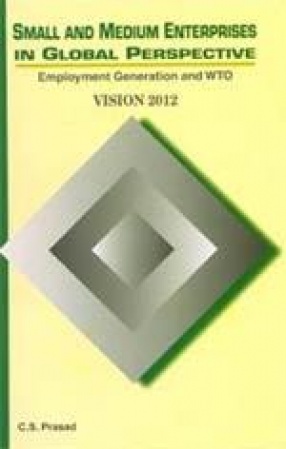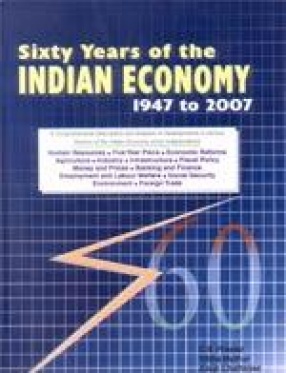
Showing all 3 books

Small and Medium Enterprises (SMEs) have emerged as an engine of growth in several developed and developing economies of the world. In India also, they have emerged as a vibrant and dynamic component of the economy by virtue of their significant contribution to GDP, industrial production and exports. However, the most important contribution of this sector is towards employment generation which is second only to agriculture. The experience of recent years shows ...

The process of planned economic development in India began with the launching of First Five Year Plan in April 1951. At that time, the country was faced with severe food shortage and mounting inflation. The Plan accorded pride of place to programmes for agriculture and community development. This was a natural priority for the Plan which sought to raise the standard to living in rural areas and also to overcome food shortages. Successive Five Year Plans have ...

At the time of independence in 1947, India was a typically backward economy. Owing to poor technological and scientific capabilities, industrialisation was limited and lopsided. Agricultural sector exhibited features of feudal and semi-feudal institutions, resulting into low productivity. Means of transport and communications were underdeveloped, educational and health facilities inadequate, and social security measures virtually non-existent. In brief, poverty ...
